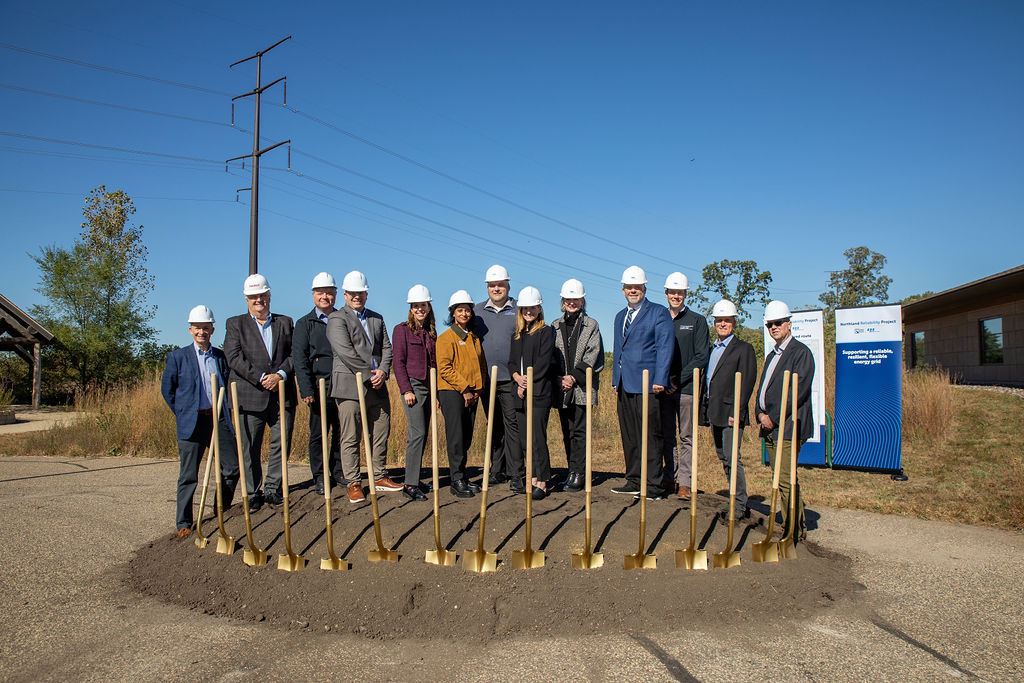The U.S. Department of Energy set a goal of producing 10 million metric tons of hydrogen per year by 2030. Hydrogen fuel cells are seen as a potential alternative to gasoline, diesel fuel and natural gas and they can be used to power vehicles, generate electricity, and heat homes and businesses.
Electric cooperatives are well-positioned to study and implement new technologies like hydrogen fuel cells. They have a long history of working with renewable energy technologies along with the expertise to develop and manage infrastructure.
For example, Runestone Electric Association, one of Great River Energy’s member-owner cooperatives, is working with the University of Minnesota to expand the use of green ammonia. The university is operating a small-scale pilot plant that produces hydrogen from water and wind power. This plant creates green ammonia by combining hydrogen with nitrogen.
Ammonia is well-known as a fertilizer, but it is also a potential fuel source. Green ammonia can also be considered a hydrogen carrier — or a way of storing and transporting hydrogen — alleviating two of the biggest challenges to the use of hydrogen as a fuel source. This project demonstrates the way electric cooperatives work with other stakeholders to promote the development and application of new fuel sources.
There are still challenges to overcome before hydrogen can become more widely adopted as a fuel. The cost of producing hydrogen is high but is expected to decrease as technology develops. There is also a lack of infrastructure to safely store and transport hydrogen.
Despite these challenges, the potential for hydrogen to play an increasing role in Great River Energy’s energy mix is significant. Renewably produced hydrogen can provide a clean, efficient way to power vehicles, generate electricity, and heat homes and businesses. Through investments and strategic partnerships, electric cooperatives will continue to play a leading role in the future of energy.
 " data-object-fit="cover">
" data-object-fit="cover">